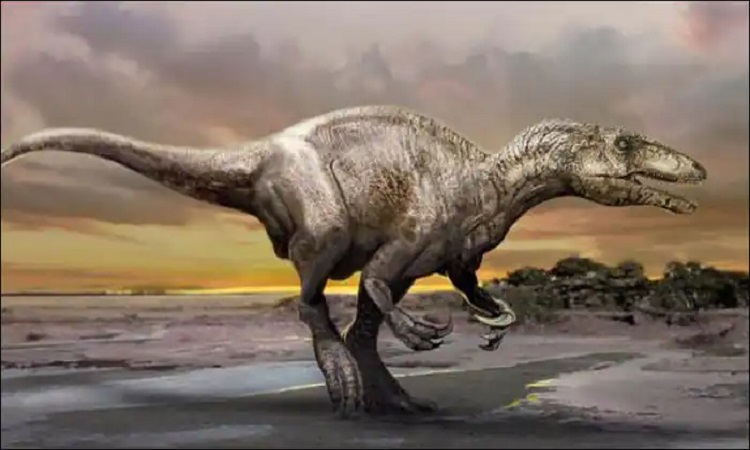A team of paleontologists announces the discovery of two new dinosaurs from the spinosauridae family, each representing a new species. Their bones were found on the Isle of Wight, England. These nine-meter-long predators likely dominated their ecosystem.
An exceptional discovery
We had to be patient. The bone remains of these two animals were indeed discovered on the beach, near Brighstone, over several years. Gradually, two predators began to emerge, first betrayed by pieces of their skulls, then by their tails. In total, researchers now have over fifty fossil remains isolated from rocks of the Wessex Formation, deposited more than 125 million years ago.
These two dinosaurs belonged to the spinosaurid family, according to the analyzes, the results of which are published in Scientific Report. These theropods, of which the best known is probably Spinosaurus, were characterized by a narrow and very elongated skull. Their jaw and muzzle were also provided with conical teeth as well as an anterior end having the shape of a spatula.
The only spinosaurid skeleton previously unearthed in the UK belonged to Baryonyx, originally discovered in 1983 in a quarry in Surrey. These two new dinosaurs are each distinguished from this species. “We found that the skulls differed not only from Baryonyx, but also from each other, suggesting that the UK is home to a greater diversity of spinosaurids than previously thought,” says Chris Barker, lead author of these works.
For Dr Martin Munt, curator of the Dinosaur Isle Museum, where these new fossils will soon be on display, these new findings solidify the Isle of Wight’s status as one of the best places for dinosaur remains in Europe.
Two predators nine meters long
The first dinosaur has just been named Ceratosuchops inferodios which could translate to “hell heron with horned crocodile face”. This somewhat barbaric name here refers to the predator’s hunting style that paleontologists say was similar to that of a heron. The latter catches aquatic prey along streams, but its diet can also include terrestrial prey.
The second specimen has just been named Riparovenator milnerae in honor of esteemed British paleontologist Angela Milner. Recently deceased, she had already studied and named Baryonyx several decades ago.
Although these skeletons are incomplete, paleontologists estimate that Ceratosuchops and Riparovenator were around nine meters long, capturing prey with their one-meter-long skulls. At the time, they lived in a Mediterranean climate in a floodplain environment. Numerous bodies of water with various fish, sharks and crocodiles likely provided food for these two spinosaurids.




